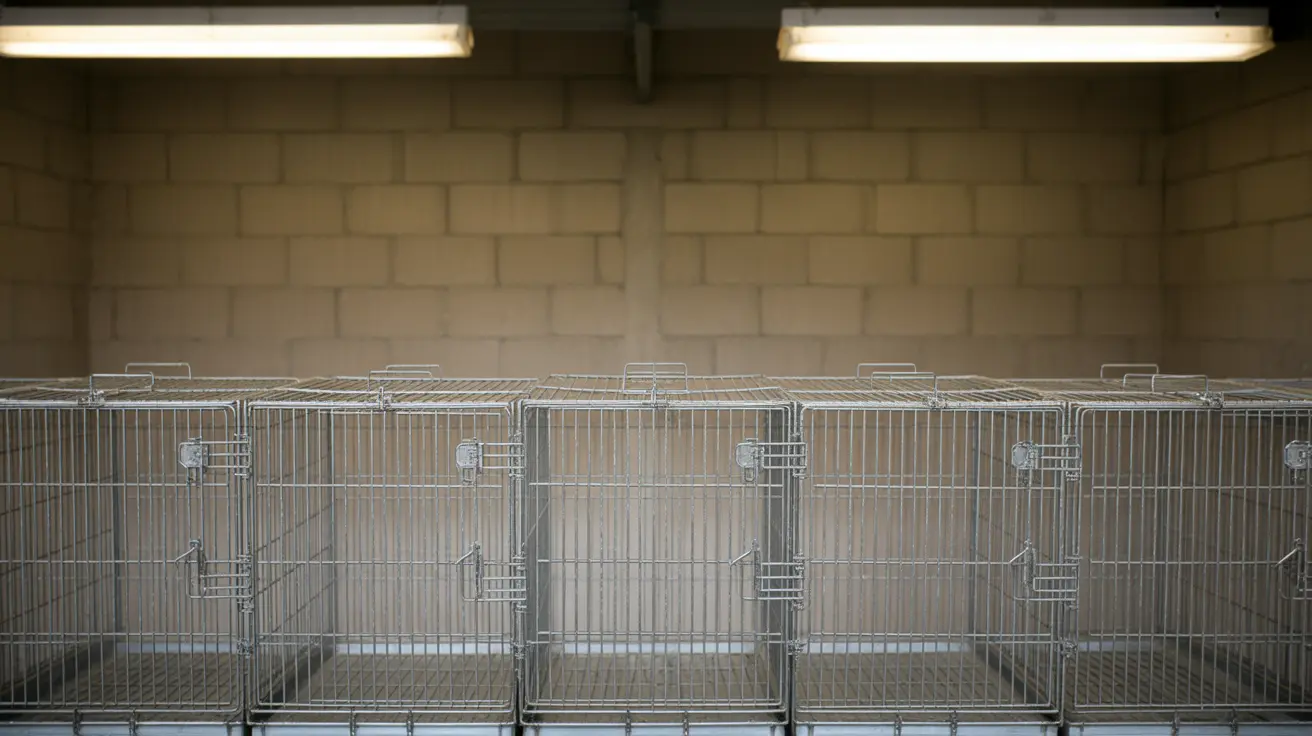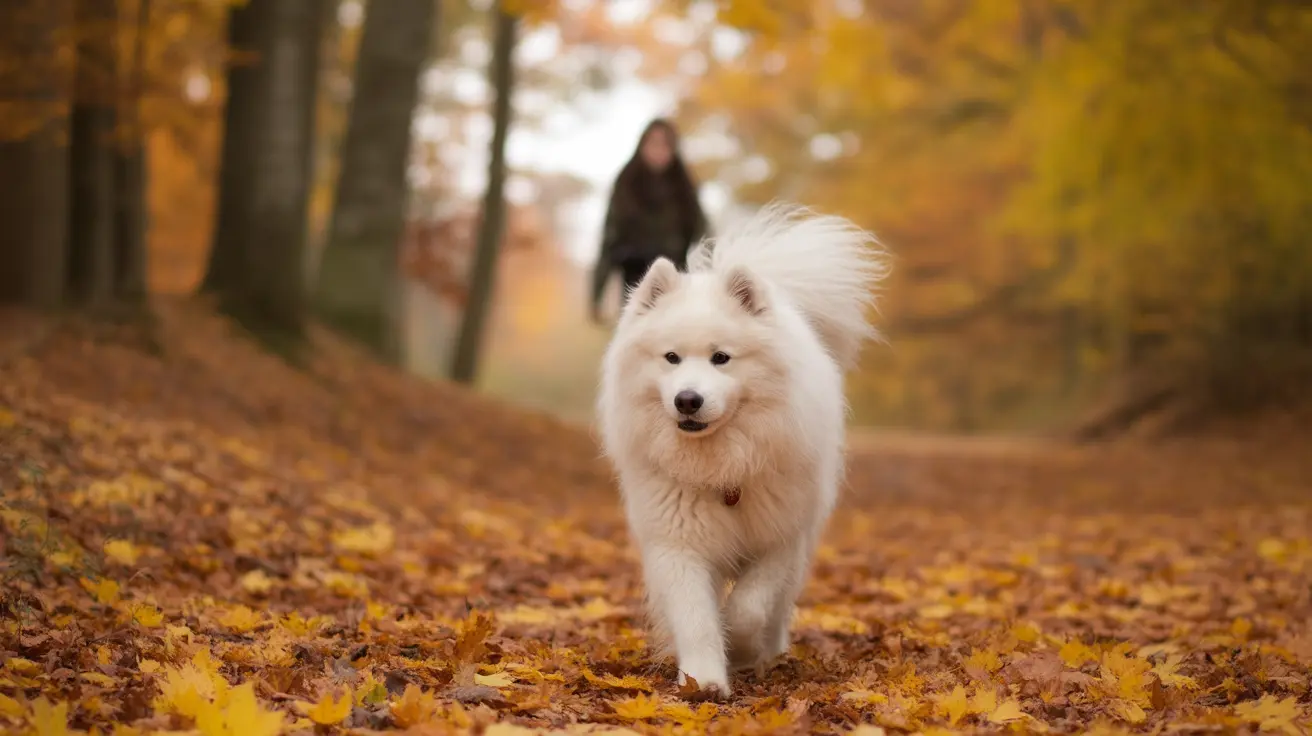Should You Put Your Cat's Water and Food Next to Each Other?
Cats are creatures of habit and have unique preferences when it comes to eating and drinking. One common question among cat owners is whether it's appropriate to place water and food bowls side by side. Understanding your cat’s natural instincts, behavioral tendencies, and health needs can help determine the best setup for their feeding and hydration routines.
The Importance of Feeding Environment
Cats benefit from a thoughtful feeding environment. They prefer a calm, safe space where they can eat without being disturbed. One important consideration is the **physical placement** of your cat's water and food bowls.
Reasons to Separate Water and Food Stations:
- Instinctual behavior: In the wild, cats often drink water away from where they eat to avoid contamination from prey. Domestic cats can carry similar instincts, showing a preference for drinking in a separate location.
- Encourages better hydration: Placing the water bowl away from food may entice your cat to drink more water, improving overall hydration, especially important for cats fed primarily dry food.
- Reduces stress in multi-cat homes: Multiple feeding and drinking stations in separate, quiet locations can lessen competition, reduce aggression, and allow each cat easier access to resources.
Feeding Methods and Their Influence
Choosing the right feeding style can impact how food and water are accessed and managed.
Meal Feeding:
- Involves feeding your cat at set times with measured portions.
- Makes it easier to monitor food intake and identify appetite changes.
- Encourages scheduled eating and helps avoid overeating.
Free Feeding:
- Keeps dry food available at all times.
- Can lead to overeating or obesity if portions aren’t managed correctly.
- Requires monitoring to ensure freshness and avoid spoilage.
Combination Feeding:
- Involves offering wet food at set mealtimes and keeping dry food available freely.
- Provides variety and ensures cats get the moisture and nutrients they need.
Regardless of the method, water should always be fresh and readily available in locations that are easily accessible and distinct from feeding zones.
Optimal Feeding and Drinking Station Setup
Creating an ideal setup involves more than placing bowls on the floor. Here's how to do it properly:
- Use wide, shallow bowls: These prevent whisker fatigue, making eating and drinking more comfortable.
- Place bowls in low-traffic, quiet areas: Cats are more likely to eat and drink when they feel safe.
- Separate feeding zones: Keep water bowls at least several feet away from food bowls, and use different locations for feeding and drinking.
- Multiple stations in multi-cat homes: Provide several food and water locations to give all cats access without competition.
Hydration: A Key Health Consideration
Proper hydration is essential for kidney function, digestion, and body temperature regulation. Unfortunately, cats have a low natural thirst drive.
- Wet food: It contains about 75% moisture and can help meet hydration needs.
- Water fountains: Many cats are attracted to running water, which can encourage increased drinking.
- Frequent water refills: Always provide fresh water, ideally replacing it twice a day.
Cats may avoid stagnant water placed next to food, especially if the bowl design or placement makes them uncomfortable.
Additional Tips for a Healthy Feeding Environment
- Use puzzle feeders: These mentally stimulate your cat and regulate food intake.
- Keep feeding consistent: Cats thrive on routine and feel secure with regular meal times.
- Monitor weight and appetite: Sudden changes can indicate health problems that require veterinary attention.
Conclusion
Avoid placing your cat’s food and water bowls next to each other. Separation not only encourages better hydration but also aligns with natural feline behaviors and reduces stress in multi-pet households. By thoughtfully setting up your cat’s feeding environment, you can contribute significantly to their health, comfort, and well-being.





